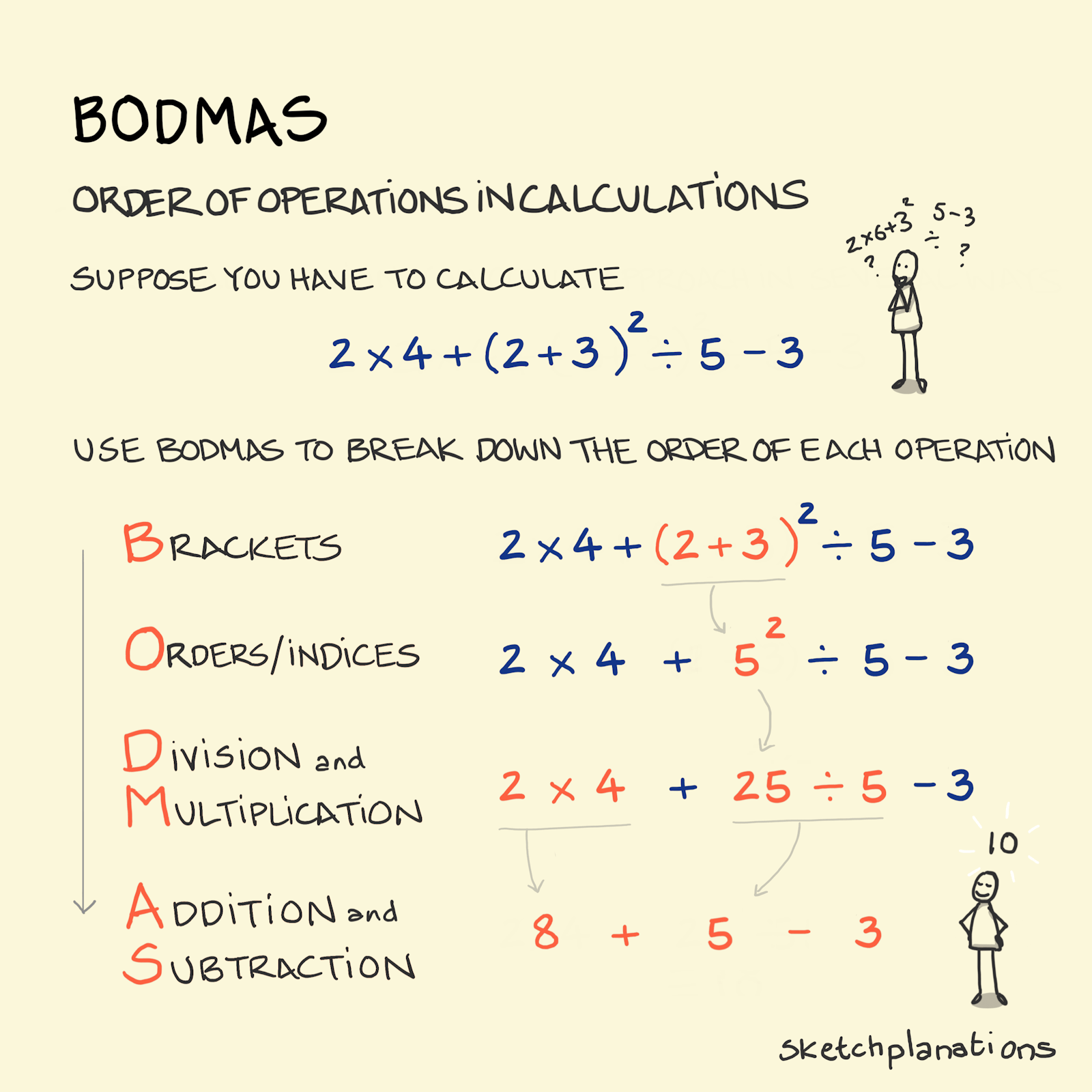
Temperature Scales: Fahrenheit and Celsius
It's remarkable to think that for most of human history, there was no standard way to describe how hot or cold something was. The invention of temperature scales made it possible to quantify temperature in science, medicine, and daily life.
The two most widely used temperature scales worldwide are the Celsius and Fahrenheit scales. Most of the world uses the Celsius scale. The US is the main, though not the only, user of the Fahrenheit scale.
What is the Celsius Scale?
The Celsius scale, named after Swedish astronomer Anders Celsius, sets 0°C at the freezing point of water and 100°C at the boiling point of water at standard atmospheric pressure (sea level).
What is the Fahrenheit Scale?
The Fahrenheit scale sets 32°F as the freezing point of water and 212°F as the boiling point, creating a span of 180°F between the two. This means that each degree Celsius equals 1.8 degrees Fahrenheit.
There are several stories about how Daniel Fahrenheit developed the scale. The general idea is that he chose:
- 0°F at the freezing point of a salty brine solution
- 32°F at the freezing point of pure water
- and another point at body temperature around 96F (now 98.6F)
He divided up the scale between these points, giving a scale with helpful resolution and practical reference points.
Quick Tricks to Convert Between Fahrenheit and Celsius
Having lived on both sides of the Atlantic, I've tried to get somewhat familiar with both temperature scales. To convert between them in my head, at least around most air temperatures, I use a quick approximation.
To go from Fahrenheit to Celsius
Subtract 32, then divide by 2 (or slightly less for better accuracy)
As 32°F is 0°C, and for each one Celsius you move almost two Fahrenheit, you can roughly go from Fahrenheit to Celsius by subtracting 32 and dividing by 2 (or a little less to be closer). So, for example:
- 50°F is approximately 9°C (actually 10°C),
- 86°F is approximately 27°C (actually 29.4°C).
To go from Celsius to Fahrenheit
Use the reverse: Multiply by 2 and add 32.
- 10°C --> 52°F (actually 50°F)
- 30°C --> 92°F (actually 86°F)
It's not perfect, but it's often good enough if you need to work out if it'll be hot out.
Temperature Twins
There are also at least two simple anchor points that can help just by swapping the digits around:
- 82°F is near enough 28°C
- 61°F is near enough 16°C
Not only do they mirror each other visually, but the conversions are surprisingly accurate.
The Kelvin Scale
Both Fahrenheit and Celsius are now defined relative to the Kelvin scale—a temperature scale used in science that sets absolute zero (0 K) as the lowest possible temperature, where molecular motion essentially stops.
Zero on the Kelvin scale is around -273°C. As such, the Kelvin scale, though helpful for scientists, is not very practical for discussing the weather.
Related Ideas to Temperature Scales
- The Fun Scale: three types of fun
- The Bortle Scale: the clarity of the night sky
- The Scoville Scale: chilli heat
- The Goldilocks Zone: the circumstellar habitable zone just right to support liquid water
- Heat Islands: urban areas with higher temperatures than surrounding rural areas with more greenery
- Weather and Climate: an analogy
- It's not the Weather, it's the Unpredictability
- Word Spectrums


